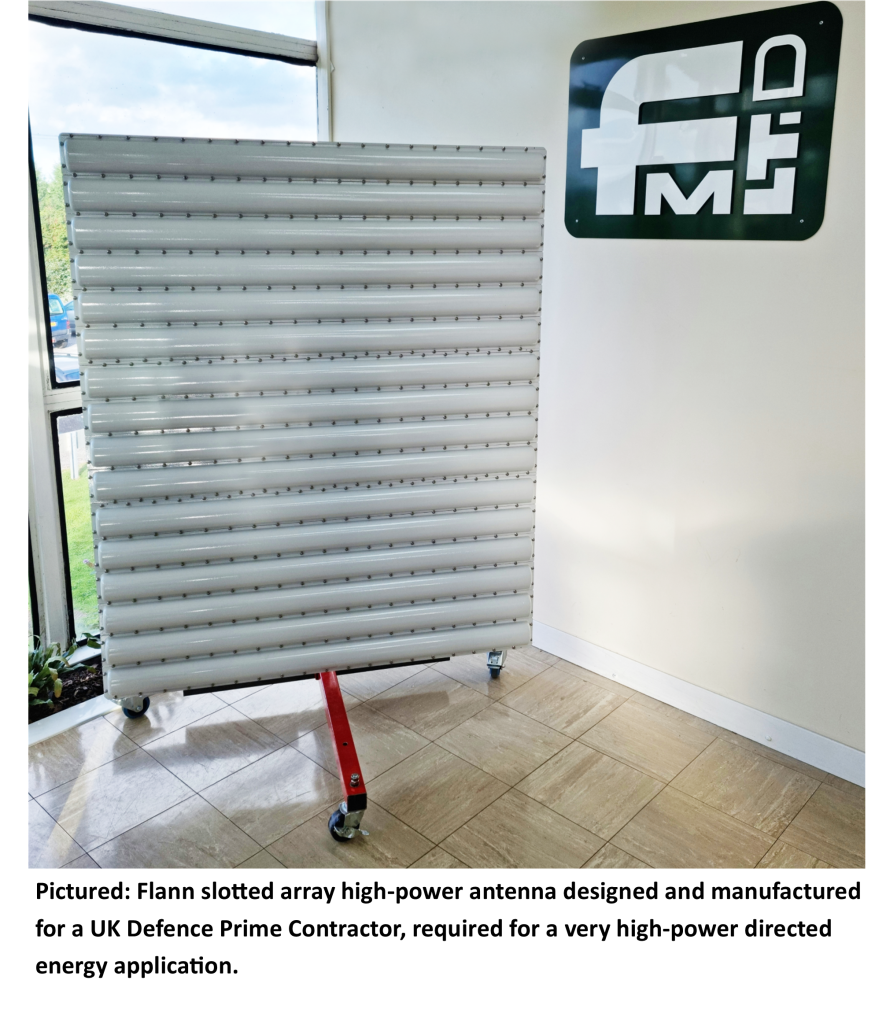The constant increase in frequency used to receive and transmit data has not just led to an increase in transfer speeds, but also greater bandwidths and the density of connections in a single area. An example of this technology now in use is commercial 5G systems which are now comparable to traditional wired systems, allowing possibilities of how we used technology that would have been seen as futuristic a decade ago. As explained in the previous post, this increase in frequency leads to a miniaturisation of technology which leads to a variety of benefits.
There is, however, a challenge with this constant compression of technology, finding a way to increase usable energy and power out of increasingly smaller instruments; higher power density. As a general rule, similar systems which are physically smaller can handle less total power, as there are issues of overheating, material instability, and electrical breakdown.  Therefore, as technology advances and gets smaller, the market will inevitably demand innovative new products designed for smaller spaces which can efficiently transmit higher power densities. Some real-world examples of this would be cutting-edge cargo scanner technology which requires high power in confined commercial spaces, or the next generations of particle accelerators and fusion energy tokamaks.
Therefore, as technology advances and gets smaller, the market will inevitably demand innovative new products designed for smaller spaces which can efficiently transmit higher power densities. Some real-world examples of this would be cutting-edge cargo scanner technology which requires high power in confined commercial spaces, or the next generations of particle accelerators and fusion energy tokamaks.
Waveguide out-performs related transmission line technology such as coaxial cables, due to its lower loss and inherent robustness, especially at higher frequencies; this is increasingly important for modern research and development of devices using submillimetre waves and terahertz frequency bands. This signal loss is known as “insertion loss” and is defined as the logarithm of the ratio of the device’s input power to its output power. Waveguide’s low losses are highly applicable to larger power densities as high loss creates heat within the system; this can lead to overheating and other structural problems unless properly dissipated.
At the other end of the scale, power density is also an important factor in larger waveguide systems: for example, wirelessly transferring large amounts of energy to targets or destinations, either ground-based, airborne, or in space. One current field of research which utilises this high-power density technology is that of antenna systems which radiate highly focused electromagnetic energy to disable an intended target. Flann has already worked on successful innovative projects within this field.  We have used unique waveguide structures with bespoke radome designs to develop a high-power directed energy antenna that met the customers challenging environmental requirements. We have plans to continue this into the future, satisfying the market demands for high-tech microwave technology across military and civilian applications. Aside for the military applications of directed-energy devices, there is huge potential for adapting this technology for future wireless energy transfer, especially in space, opening new options for renewable solar energy systems for the green future.
We have used unique waveguide structures with bespoke radome designs to develop a high-power directed energy antenna that met the customers challenging environmental requirements. We have plans to continue this into the future, satisfying the market demands for high-tech microwave technology across military and civilian applications. Aside for the military applications of directed-energy devices, there is huge potential for adapting this technology for future wireless energy transfer, especially in space, opening new options for renewable solar energy systems for the green future.
As modern life requires the evolvement of what is possible, we find ourselves increasingly content to push the boundaries of waveguide performance.
Article written by Leon Knight & Nathan Bayley
To find out more about our market applications, click here to see our newest brochure.


